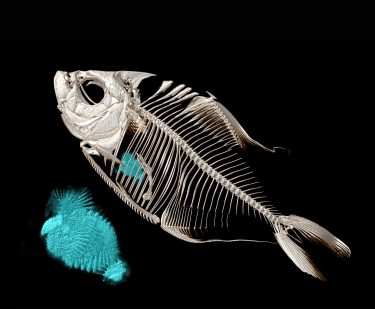
A small group of fishes — possibly the world’s cleverest carnivorous grazers — feeds on the scales of other fish in the tropics. The different species’ approach differs: some ram their blunt noses into the sides of other fish to prey upon sloughed-off scales, while others open their jaws to gargantuan widths to pry scales off with their teeth.
A team led by biologists at the University of Washington’s Friday Harbor Laboratories is trying to understand these scale-feeding fish and how this odd diet influences their body evolution and behavior. The researchers published their results Jan. 17 in the journal Royal Society Open Science.
“We were expecting that with this specialized scale-eating niche, you would get specialized morphology. Instead, what you get is a mosaic of strategies for the end goal of scale feeding,” said lead author Matthew Kolmann, a postdoctoral researcher at Friday Harbor Laboratories. “This niche has a hidden complexity to it, and it is yet another story about the incredible diversity of life on Earth.”
Read more at UW Today »
